
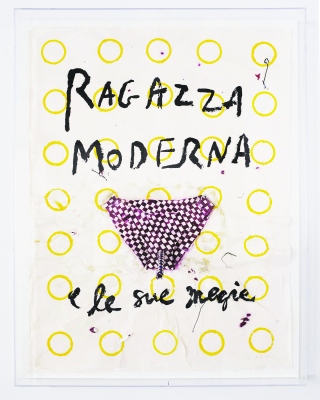
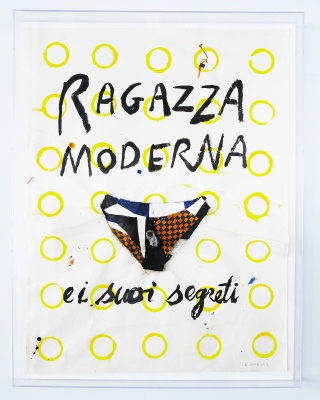
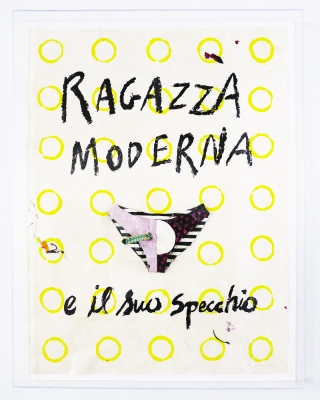
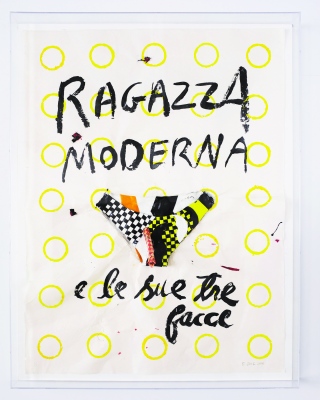
Ink on Paper 2019 - 2020
Ragazza Moderna, cercando il suo limite (Modern Girl and Her Edge) - 34.5 x 27 x 6.75 in
Ragazza Moderna, e le sue magie (Modern Girl and Her Tricks) - 34.5 x 27 x 7 in
Ragazza Moderna, e i suoi segreti (Modern Girl and Her Secrets) - 34.5 x 27 x 6.25 in
Ragazza Moderna, e il suo specchio (Modern Girl and Her Mirror) - 34.5 x 27 x 5.3 in
Ragazza Moderna, e le sue tre facce (Modern Girl and Her Three Faces) - 34.5 x 27 x 5.5 in
Mixed Media:
Pigmented protein resin, acrylic, ink, rice paper, chinese finger trap, custom plexi case
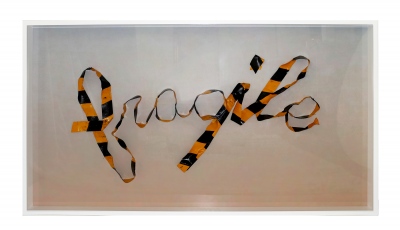
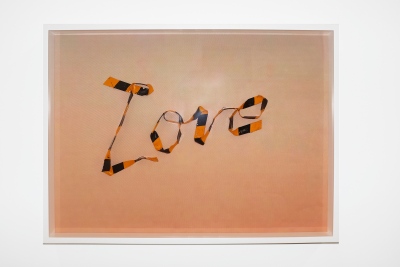

2020
Ink Caution Tape Ribbon: Fragile - 48.75 x 26.75 x 3in
Ink Caution Tap Ribbon: Love - 24.25 x 18.75 x 2.5 in
Mixed Media: pigmented protein resin, inkjet print on synthetic fabric, pins
Ink Caution Tape Ribbon: Safe - 19 x 15 x 2.5 in
Mixed Media: pigmented protein resin, rice paper, pins submerged in water and dried
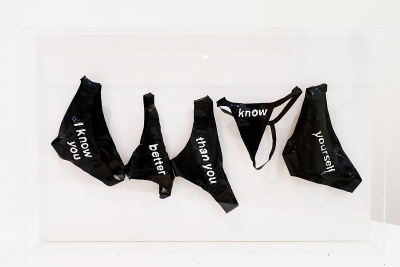
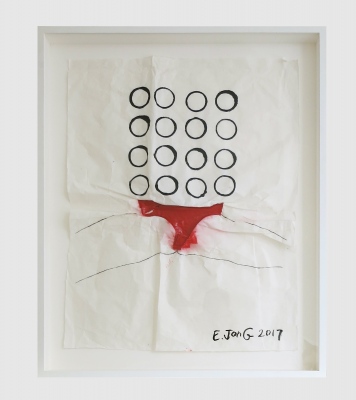

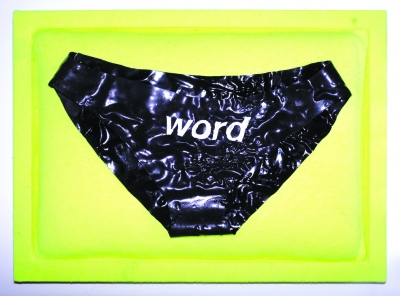

2017 - 2020
I Know You Better Than You Know Yourself - 34.5 x 21.5 x 4 in
Mixed Media: pigmented protein resin, monofilament lining, hardware, custom plexi case
A Hole Lot - 30.75 x 37 x 3 in
Mixed Media: pigmented protein resin, ink, acrylic, water, rice paper
Ink Pantie on Pillow: Word - 10.25 x 14.25 x 2 in
Ink Pantie on Pillow: Don't Lie - 10.25 x 14.25 x 2 in
Ink Pantie on Pillow: Beuys - 10.25 x 14.25 x 2 in
Mixed Media: pigmented protein resin, cotton fabric, cotton stuffing, wood frame

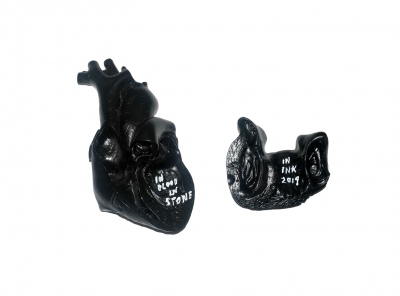


2016 - 2020
Ink Body: Untitled - 35.5 x 12 x 12 in
Mixed Media: pigmented protein resin, hardware
Ink Body: Heart in Blood, in Stone, in Ink - 5.5 x 4.25 x 1.25 in
Pigmented protein resin
Ink Body: No One Steps in the Same Shit Twice - 48 x 9 x 9 in
Mixed Media: pigmented protein resin, hardware, chinese finger trap, wood stool
Ink Body: Cubed - 16 x 8 x 8 in
Mixed Media: pigmented protein resin, cardbord box, custom plexi case